After crossing Daylight Pass, you’ll quickly drop down into Death Valley. When you reach the information kiosk, pay your admission fee, then take a left onto the Beatty Cutoff Road. That road leads to our first stop in the park, Keane Wonder Mine.
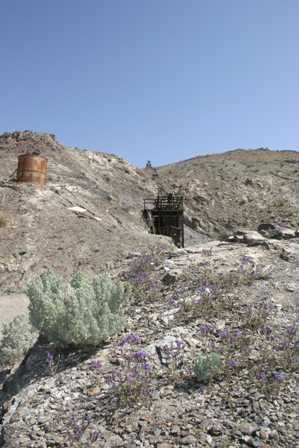
You’ll need to bump a few miles down a dirt road, then climb a moderately steep uphill path, to reach the remnants of the old gold and silver mining operation. Along the way the ground is littered with junk left behind from the mine’s heyday. You might also notice the dirt seems to sparkle.
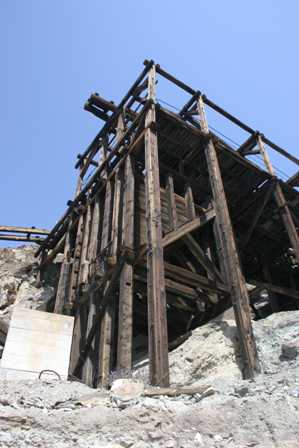
The large wooden structure is at the foot of an aerial tramway, that was used to carry ore from the mouth of the mineshaft, down to the mill. From there, the ore was transported by wagon over Daylight Pass to the railroad at Rhyolite.
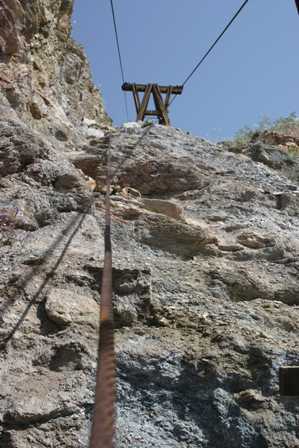
The Keane Wonder Mine operated from 1907 to 1916. A sign posted along the trail estimates Keane Wonder’s total production at $750,000.
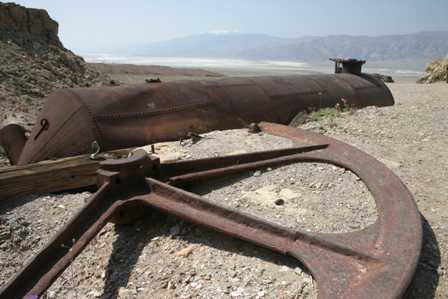
Here are more rusting relics found along the Keane Wonder Mine trail.
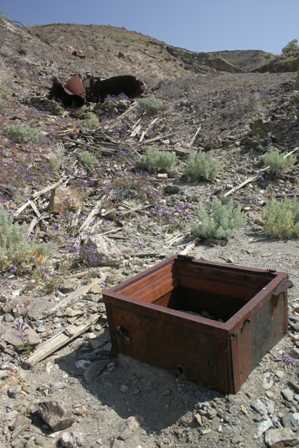
I climbed down into a ditch to take this photo. The wash was littered with splintered wood, metal and glass, all remnants of the booming mining years.
Wildflowers at Keane Wonder Mine
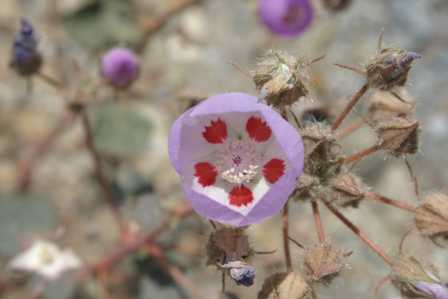
During late 2004 and early 2005, Death Valley experienced record rainfall. All that water awakened wildflower seeds that had waited years, even decades, to come alive. The result was a spectacular and unprecedented bloom.
Pictured above is a desert five-spot, a flower that’s normally rare. But around the Keane Wonder Mine, there were hundreds.
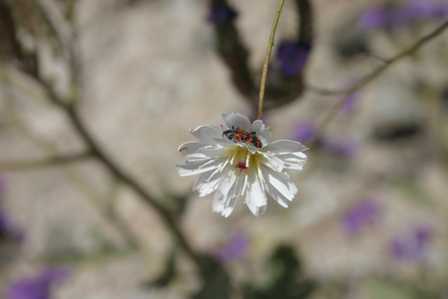
All those extra flowers led to an increase in insects.
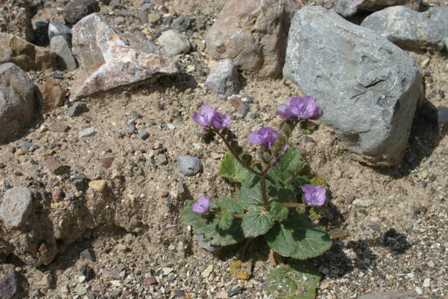
Note: This trip was first published in 2005.

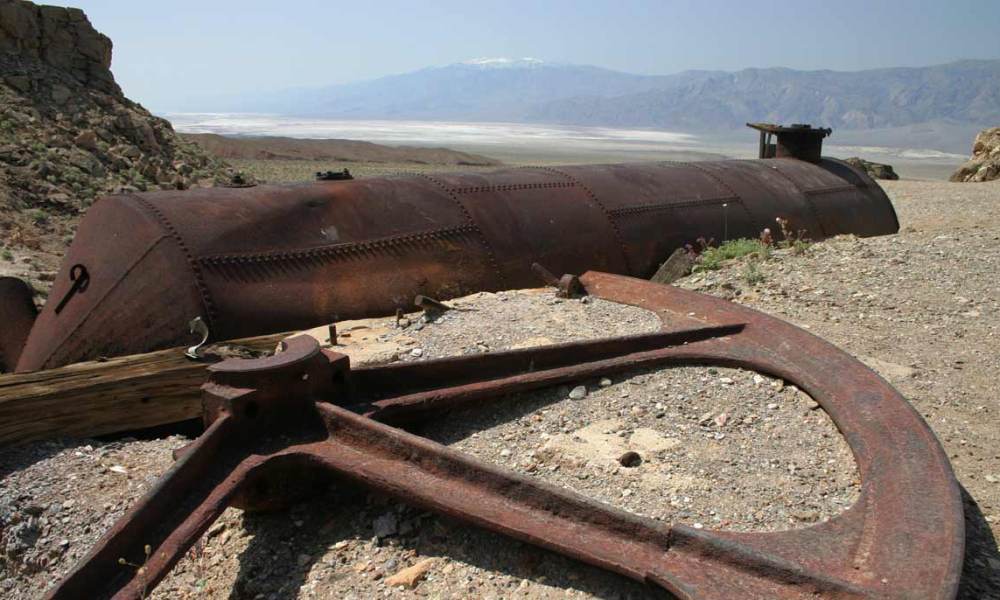


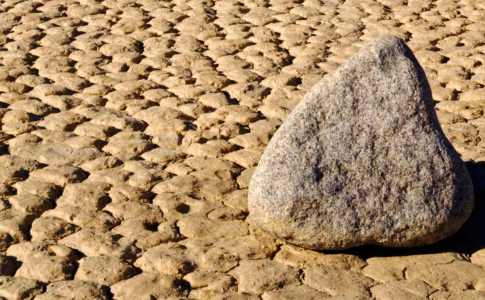
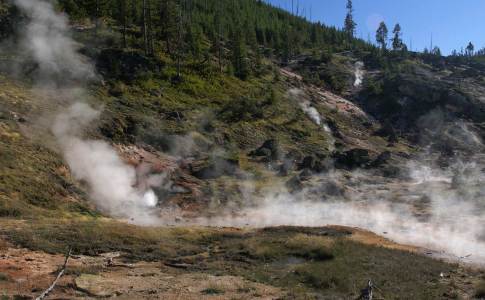
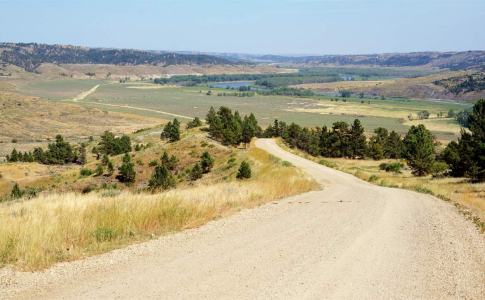
No comments